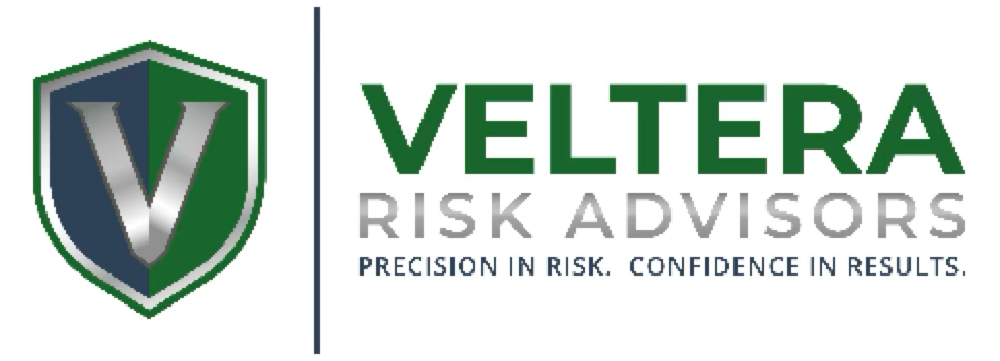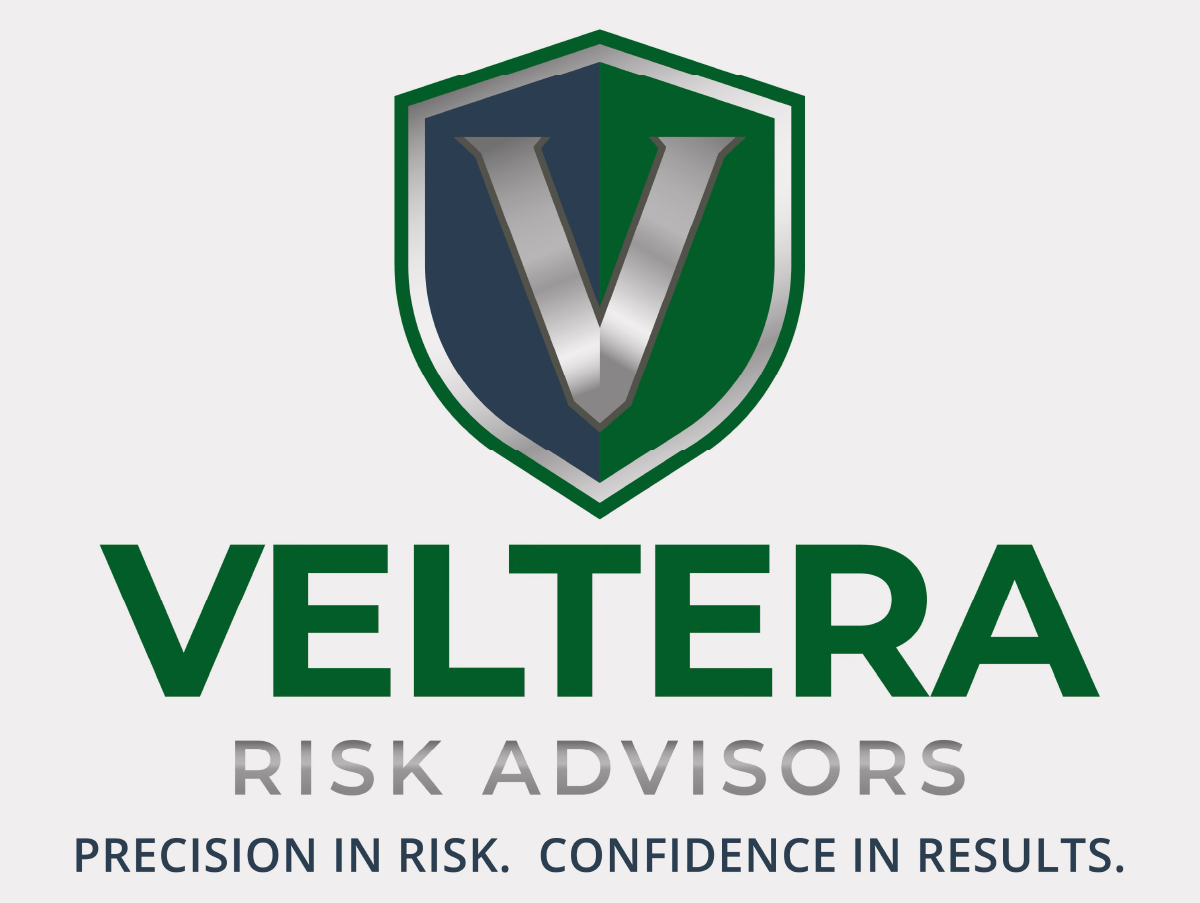Emergency Response Plans that Work: Why Updates and Practice Protect Your People, Property, and Business
When an emergency strikes, fire, severe weather, chemical spill, medical crisis, or workplace violence, seconds count. Having an Emergency Response Plan (ERP) that’s up to date and practiced regularly can mean the difference between quick recovery and lasting damage.
Many small and mid-sized businesses meet OSHA’s minimum requirements under 29 CFR 1910.38 by having a written plan. But the truth is, a binder on a shelf won’t protect anyone. Real protection comes from a plan that is current, tested, and understood by everyone on your team.
Why an ERP Matters
An ERP is more than a compliance checkbox, it’s the playbook for protecting lives, safeguarding equipment, and preserving business continuity. It outlines:
- Who does what in an emergency
- Where to go or shelter
- How to communicate
- What to do after the immediate danger has passed
\Without a well-maintained plan, even experienced teams can hesitate or make costly mistakes.
Scenarios Your ERP Should Cover
Every business faces unique risks, but most ERPs should address:
- Fire – Evacuation routes, extinguisher use, and alarm systems
- Severe Weather – Tornado, flood, snow, high wind procedures
- Spill Response – Containment, cleanup, and reporting steps
- Medical Emergencies – First aid, AED use, and emergency medical contact
- Workplace Violence – Threat recognition, active intruder response, secure entry protocols
Practice Makes Permanent
Emergency plans fail most often because they’re not practiced. Regular drills, tabletop exercises, and post-event reviews:
- Build muscle memory
- Uncover weak spots
- Keep the plan relevant as staff, processes, or layouts change
- Document each drill and update your ERP based on lessons learned. This keeps you ahead of both compliance requirements and real-world risks.
How Veltera Risk Advisors Can Help
At Veltera Risk Advisors, our Veltera360™ assessment verifies the strength of your ERP through written review, documentation checks, employee interviews, and onsite observations. We identify gaps and provide a prioritized action plan.
If you don’t have a plan, or your current one needs a complete overhaul, our Custom Program Development service can create or update your ERP to meet OSHA requirements and your unique operational needs.
Your Next Step
We’ve created a free ERP Checklist to help you quickly see if your plan covers the essentials. Download it now and review it with your leadership team. If you can’t check every box, it’s time to talk.
This tool pairs perfectly with our V360 Risk Assessment. Use it to establish a baseline before we arrive or monitor progress after your tailored action plan begins.
Enter your email for immediate access to our ERP Checklist:

